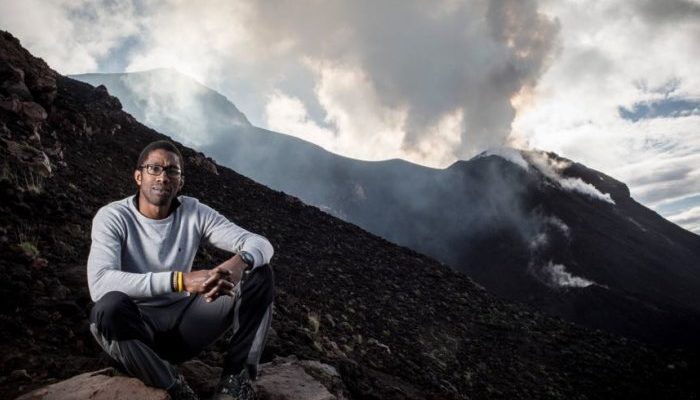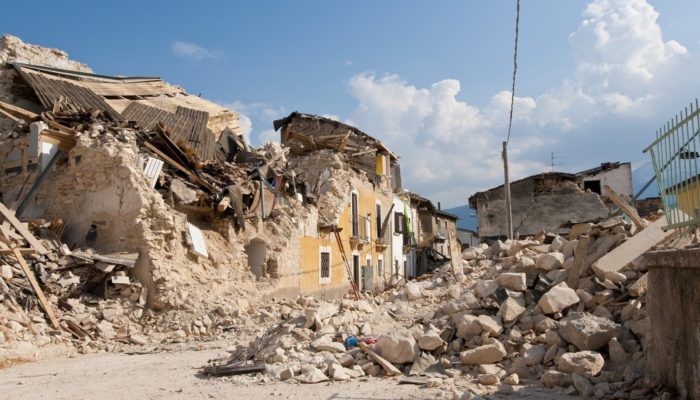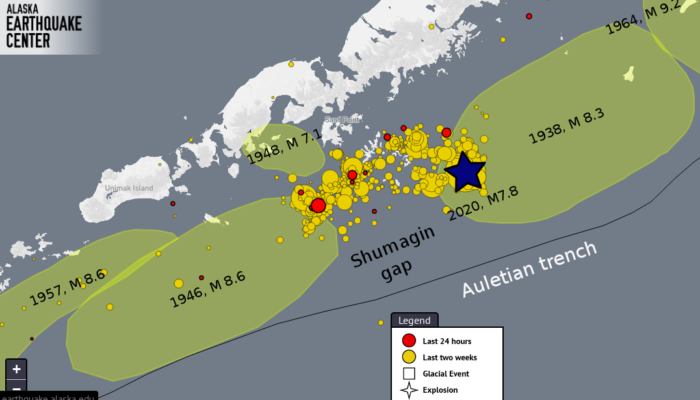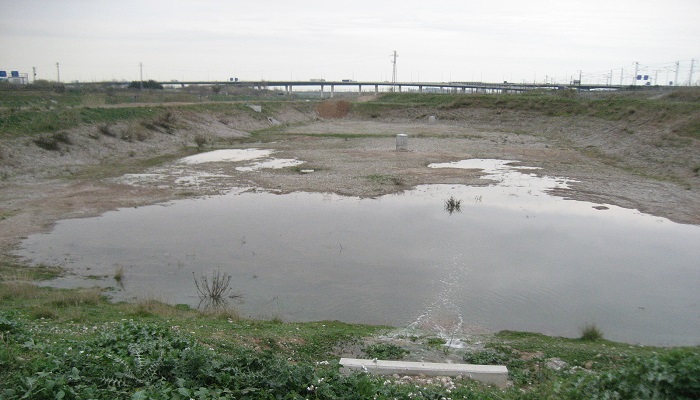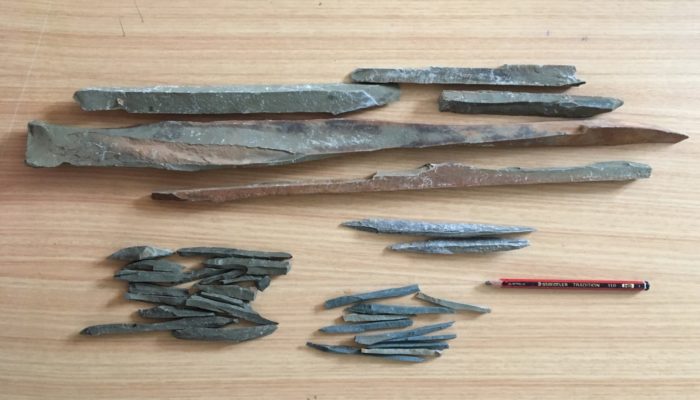Maria, a member of our ECS team, recently interviewed Professor Christopher Jackson from Imperial College, London, UK. The idea of this interview arose after protests swept across the US, triggered by the murder of George Floyd. Resurfacing the recurring and unsolved issue of racial biases, these protests highlighted that fact that racial inequality is not only present in everyday life, but that i ...[Read More]
Geodynamics
Baking geological cakes!
Who doesn’t love baking? Seriously, baked goods are the best: with or without gluten, with or without chocolate. But you know what makes every bake out there even better? A geological theme. You heard it here first! This week, Ruth Amey, postdoctoral researcher and programme manager of the Earth Observation Center for Doctoral Training at the University of Leeds, United Kingdom, discusses th ...[Read More]
Natural Hazards
To be or not to be a ‘natural’ disaster: that is the question
The story of science is replete with theories that only become accepted by the scientific community after long and protracted uphill battles, said Howard Wolinsky in his commentary in Science and Society in 2008. Sometimes they are rejected, ridiculed, or they take time to be validated, digested, and likely accepted. However, in my opinion, the scientific discussion over new hypotheses is at the h ...[Read More]
Seismology
Earthquake of the month: Simeonof – Alaska M 7.8
On July 22nd, Alaska was the scene of last month’s largest earthquake, a Mw 7.8 earthquake that hit the Aleutian Islands, offshore the Alaska Peninsula. The hypocenter location, tectonic setting and focal mechanism suggest a megathrust earthquake. The hypocenter of the so called Simeonof earthquake is located at the western edge of the historical 1938 earthquake (M8.3) slip zone, near the Shumagin ...[Read More]
Geodynamics
The Sassy Scientist – Snobs Away!
As lockdown eases in many places, Stefan is beginning to think of an academic future away from his sofa. He asks the question: How much does university ranking matter when choosing a PhD position? Dear Stefan, Choosing a PhD program is tough. It’s a bit like getting married: for better or worse, until death us do part, regardless of the toe nail clippings on the table or refusal to ever take ...[Read More]
Tectonics and Structural Geology
TS Must-Read – Hubbert and Rubey (1959)
“The Role of Fluid Pressure in Mechanics of Overthrust Faulting” by Hubbert and Rubey is a “groundbreaking” article from the end of the 1950s. It’s a remarkable piece of research, written in an old-fashioned way, for modern standards. Many ECS that may not have read the original paper yet are certainly familiar with its textbook content. Let’s go quickly through it! The article, as a key po ...[Read More]
Hydrological Sciences
Xavier Sánchez-Vila (2020 Henry Darcy Medallist) on these strange times and the usefulness of scientific thinking
The EGU 2020 Henry Darcy Medal of the EGU Division on Hydrological Sciences was awarded to Xavier Sánchez-Vila in recognition of his innovative theoretical work and practical solutions regarding aquifer characterisation, subsurface solute transport processes and managed aquifer recharge. Given the online EGU 2020 GA, the medal lecture was however postponed to 2021. We then invited Xavi to write so ...[Read More]
Ocean Sciences
Research Cruise in times of COVID-19
While the whole world is on stand-by we are in the middle of the North Atlantic and I want to explain you, why! During those crazy times cruise planning also slightly changes. The original plan was to depart and arrive back in Reykjavik which would have only included a short transit to our research area, the OSNAP East section. In the end we had a 9 day transit from our homeport Texel, Netherlands ...[Read More]
Geodynamics
The Sassy Scientist – The Burning Question
In the climb on the academic pyramid, Antonia wonders: How do you tell someone “you have not done enough to be included in the co-author list”? Dear Antonia, *arranges Yoda robe*: Big questions you have! Right place you came! I am sure you are not the first or the only scientist with that question. Since I feel generous today, I will leave here a template e-mail you can all copy and pa ...[Read More]
Tectonics and Structural Geology
Features From the Field: Pencil Cleavage
This edition of ‘Features from the field’ is brought to you by Sandra McLaren, a senior lecturer at the University of Melbourne. She will be talking about type of rock formation called “Pencil Cleavage” so called because it looks like pencils. Sandra even has a small collection of pencil/crayon shale which is the cover image of this post. I have seen quite a range of differ ...[Read More]

